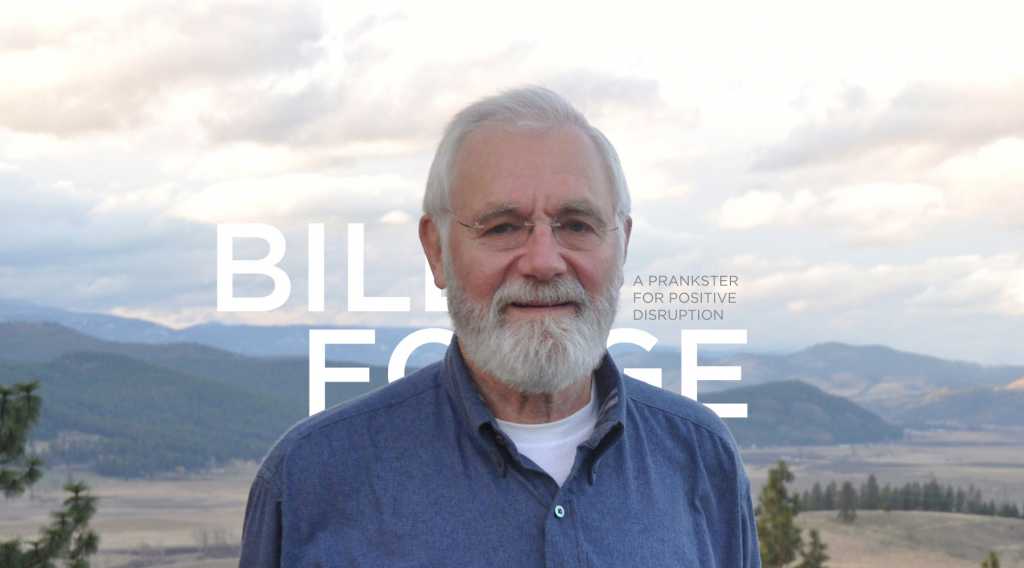Page 239 • (2,403 results in 0.065 seconds)
-
Traveler. For 18 years, Cates was the executive director of Missoula Medical Aid, a non-profit that provides public health and surgery services in Honduras. In Missoula he has worked with the Missoula Writing Collaborative, teaching classes on short story writing in high schools, and the 406 writing workshop. For many years he worked as a fishing guide on the Smith River and raised cattle on his family farm in Wisconsin.Kent MeyersKent Meyers is the author of a memoir, a book of short fiction, and
-
,” Moore said it was an “extraordinary stroke of genius” to depict a menorah as Jesus’ family tree. “Those spiritual traditions often have more in common than things that divide us,” she said. I always come back to the first illumination in The Saint John’s Bible when people ask why I was in Collegeville learning about a Bible; it summarizes the book’s narrative in a neat little package. The story: Creation. The task: creating an image of the story without making anyone mad. No easy feat, but it seems
-
girl, she grew up attending Husky football games with her family. The experiences inspired her. “I fell in love with the competition and the unique ability sports has to build community and to connect us with something larger than ourselves,” Cohen said. But she sees her work differently now. “The main driver for me is the ability to change and transform the lives of our students,” she said. “I believe we are in the people development business, and that we get this incredible privilege of using
-

,” Paula recalled. But when Foege sauntered up and said he was a senior (possibly hoping to impress), Paula basically told him, nicely, to get lost. “I said I don’t like phonies.” Foege persisted, eventually convincing a friend of Paula to get her to give him another chance. To make a long story short: She did; he got into medical school at the University of Washington; they got married; began their family with son David; and went off to Africa to fulfill one of Bill Foege’s boyhood dreams—to work as a
-
Student Rights and Responsibilities. In any meeting involving PLU’s sexual misconduct and/or physical assault policies, the Complainant will receive information about the outcome of the meeting and any sanctions imposed on the Respondent that directly relates to the Complainant (examples include No Contact Orders, Housing changes, etc.). Such disclosures will be made consistent with the Family Education and Privacy Rights Act (FERPA). Deliberation and Decision Making:The Review Officer(s) will
-
. Currently Director of 5th and 6th grade bands in the Bellevue School District.“PLU was a great school to go to. When I started going there I couldn’t believe how welcoming and helpful everyone was. PLU… helped me find ways to pay for everything I needed. I attended PLU because I loved the small school atmosphere and the music program. Being the first person in my family to attend a 4-year university, I always felt encouraged there to succeed. This school equipped me with skills I never even knew I
-
in any discipline with a good command of German for a year of independent study or a full M.A. degree program at a German University. Award/Stipend/Benefits: monthly stipend of approximately E750, plus health insurance and a flat rate subsidy for travel costs. Additionally, limited find are available for a rent subsidy and family allowance.Davies - Jackson ScholarshipEligibility The Davies-Jackson Scholarship provides a unique opportunity for graduating seniors with exceptional academic records
-
of recognizing and responding appropriately to life-threatening emergencies. Communication The student must communicate effectively verbally, non-verbally, and in writing in a timely manner with other students, faculty, staff, patients, family, and other healthcare professionals. They must be able to express ideas clearly and must be open to giving and receiving feedback. The student must be able to convey and exchange information regarding assessments, solutions, directions, and treatments. The
-
scholarship and how competitive is it to get one?You can come to campus or send in a recorded audition any time you’d like, but it is strongly suggested that you come to PLU for a live audition during our scholarship audition weekend in early February. That weekend doesn’t give you preferential treatment, but provides you and your family with a wonderful opportunity to experience the campus and music faculty and ask questions of us when we’re asking questions of you. Scholarships are given on the basis of
-
, media influence on the attitudes toward suicide, and conceptions of self—just to name a few. “What I remember about his approach to teaching was the way he drew students into the material by telling stories about his life,” says Sociology Chair Kate Luther, a former PLU student of Arturo’s. “For example, as he taught about racial justice and ethnic identity, he would share about his experiences growing up in Colombia in a Polish family. I was grateful to Arturo’s support as I learned to teach
Do you have any feedback for us? If so, feel free to use our Feedback Form.


